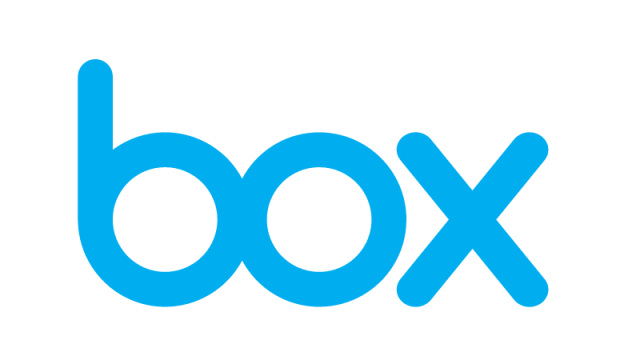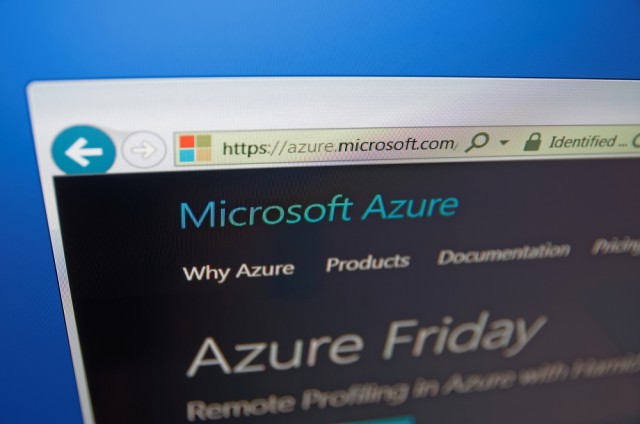
Ouch, that hurts! Verizon's new Unlimited plans throttle customers
I should have known better. Once burned is supposed to be twice as wary. Right? Disgruntled by pricing and other policies, in autumn 2015, I took my family from Verizon Wireless to T-Mobile, which cut our monthly bill by more than one-third. But in May of this year we made the trek back in part because data speed is so much faster from my apartment than it is with Magenta. Better Red than dead, eh? Wrong. Oh, dumbass me. Un-carrier's aggressive pricing, and Verizon's first-ever quarterly loss of post-paid subscribers, compelled the nation's largest carrier to respond—by, starting in February, to offer comparable unlimited plan that for my family of five lines would cost just $20 more a month while delivering superior, speedy service. But what Red gave, it now takes away. I regret the decision.
Today's unlimited cellular service plan changes suck some of the most important value from all that extra bandwidth. What good is having something you can't use? Henceforth, Verizon will offer two consumer options—one (Go Unlimited) that throttles streaming video to 480p on smartphones and costlier option Beyond Unlimited that reduces quality to 720p. Go is essentially priced the same as the older unlimited plan, and it takes away even more: Tethering (e.g. Mobile Hotspot) is capped at 600kbps. There's no 4G LTE for you, baby!

Windows Server containers get native support on Red Hat OpenShift
Microsoft and Red Hat have a longstanding enterprise cloud partnership, and today the two tech giants reveal an expansion which sees Windows Server containers receiving native support on the OpenShift platform.
Support for Windows Server containers on OpenShift will first be available as a Technology Preview next spring, before reaching general availability later down the road.

Verizon boosts software defined networking with Cloud IP Platform
Businesses are moving more of their systems to the cloud and that includes infrastructure projects like networking and provision for branch offices.
Telecoms provider Verizon is updating its software defined networking (SDN) platform with a new Software Defined Secure Branch (SD-Branch) managed service powered by Versa Networks' Cloud IP platform.

Box embraces Google Cloud Vision to boost image recognition capabilities
Box has revealed a major upgrade to its cloud content management systems thanks to a new partnership with Google.
The online storage giant will now use Google's Cloud Vision platform to improve its image recognition capabilities, allowing enterprises a quicker way to identify key insights from the images uploaded into its service as part of unstructured data.

Microsoft reveals Azure Event Grid
Microsoft has revealed a new Azure feature aimed at helping developers that build event-based applications. Azure Event Grid is built to help devs that create event-based and serverless applications with a higher level of abstraction.
That way, worrying about infrastructure, provisioning or scaling, becomes a thing of the past, according to Microsoft.

Microsoft buys Cycle Computing to strengthen cloud business
Microsoft has announced its plans to buy HPC company Cycle Computing in order to allow its customers to do more in the public cloud.
According to the company, the deal will enable its users to use high-performance computing as well as other "Big Computing" capabilities that will improve how they run their workloads in the cloud.

Fastly adds the power of edge computing to Google BigQuery
Companies continue to be keen to exploit the power of big data analytics, and one of the most popular platforms for doing this is Google's BigQuery.
Edge cloud platform Fastly is announcing a new integration that allows the real-time streaming of logs to BigQuery. This, the first of a number of planned integrations with Google's Cloud Platform, aims to deliver better performance and faster real-time insights.

90 percent of organizations will adopt VMware in the cloud by 2018
A new study from cloud data management company Druva shows a strong trend among businesses towards moving virtual workloads to the cloud.
It reveals that in the VMware market 90 percent of companies are aiming to migrate their workloads by 2018, with a clear preference for AWS (47 percent), followed by Microsoft Azure (25 percent).

On-premises workloads have more security incidents than those in the public cloud
According to a new survey, workloads run on in-house systems suffer 51 percent more security incidents than those on public cloud services.
The study from cloud security and compliance company Alert Logic analyzed more 2 million security incidents captured by its intrusion detection systems over 18 months.

Why you should be moving to the cloud
Whilst not a brand-new phenomenon, the cloud has dominated headlines in the technology sector in recent years, as more businesses migrate and harness the benefits associated with it.
Cloud computing involves businesses hosting data, applications and virtual machines (VMs) on servers in remote data centers, which are connected to devices and users through the internet or private networks.

Fear of missing out is driving cloud investments
Businesses are increasingly keen to move ahead with cloud strategies and, according to a new survey, one of the reasons may be simply that they don’t want to miss out.
The study from backup and archiving company Commvault with CITO Research finds that 81 percent of C-level and other IT leaders are either extremely concerned or very concerned about missing out on cloud advancements.

McAfee launches virtual security platform for AWS
Workloads on AWS can be vulnerable to a number of different threats including cross-site scripting, SQL injection and botnets, and if one virtual server is compromised malware has potential to move to a customer's other machines.
To secure this McAfee is launching its Virtual Network Security Platform for AWS to provide advanced security in the public cloud.

The top five cloud security myths debunked
Increasingly businesses are moving their data and applications to the cloud. But there are always concerns about how secure the information is.
Network security company Portnox has put together an infographic looking at some of the myths surrounding cloud security and explaining why they're ill-founded.

One in five people put corporate data at risk via unsecured Wi-Fi hotspots
Employees are putting corporate data at risk by using unsecured hotspots and over sharing on cloud services, according to a new report.
The study from cloud security specialist Bitglass set up Wi-Fi hotspots in random public spaces for two hour time slots, and captured and analyzed traffic, finding that of the 834 people in the public spaces, 187 unique devices (around 20 percent) connected.

Addressing five common myths about cloud security
There is a lot of nasty talk about cloud security solutions on the web. From calling them "inherently insecure" to branding them a as a source of imminent risk, the "folding arms gang," or CISOs/CSOs in favor of maintaining legacy solutions and the on-premise model, have surely gone to town to cast a cloud over cloud security solutions.
As a result, a number of myths about cloud security are spreading though the information security industry. Now’s the time to set the story straight and debunk the top cloud security myths once and for all.
